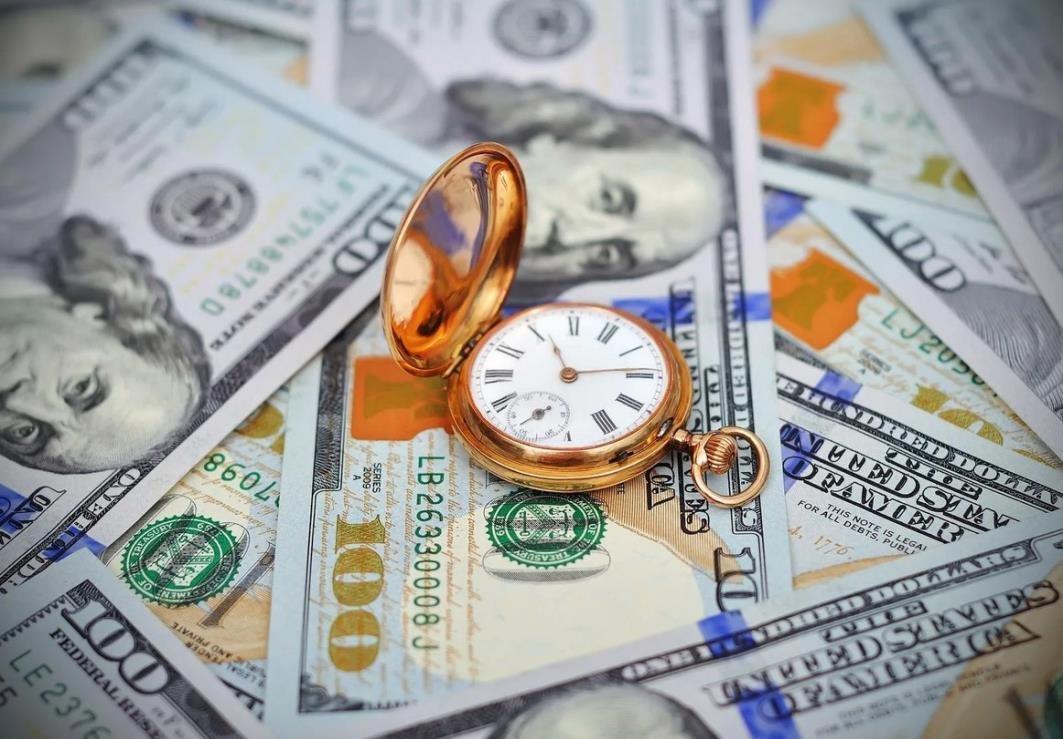From the archive, 1947: A year of soaring house prices
The year 1947 has seen a boom in house property prices which throws the post-war boom of 1920-1 almost into the shade. Although since 1946 all classes of house property have advanced in price the demand for houses with vacant possession has been extraordinarily keen, and is to-day probably keener than ever.
A brief history of British housingRead more
In the more select residential districts within easy access of Manchester it is not uncommon for the better types of houses, selling to-day at from £3,000 to £4,000, to command almost four times their pre-war selling price, and three times the price is regarded by a partner in the well-known firm of Manchester auctioneers and valuers, Messrs. C. W. Provis and Sons, as a “moderate estimate.”
Houses that have trebled or even quadrupled in price are those embodying the conveniences for which the house-wife of to-day has ever a wistful eye open. These involve less “work” than do larger and, possibly, more pretentious houses which with present staffing difficulties and expenses of upkeep enjoin caution in the prospective purchaser. Prices at which these have changed hands have not shown a proportionate increase, but those of the smaller type “semi-detached” have more than doubled and anything up to £1,500 is being asked and obtained for houses which went for £500 or £600 in 1939. “It seems impossible to acquire a house of any kind at less than double its 1939 value,” said the authority quoted.
Dollar crisis takes a hand
Moreover, since the dollar crisis overtook us in the autumn prices have jumped again. The tight hand that has since been kept on the issue of building licences, the restriction of capital expenditure, and the deterrent on private building enterprise of the Town and Country Planning Act have combined to persuade the prospective buyer to delay no longer but to plunge now, however deep the plunge.
“I am afraid present conditions are going to obtain for several years,” said the authority, “and that the only thing which will cut prices is, perhaps, some limitation on the use of free capital. The dollar crisis will certainly militate against free and extravagant spending on housing accommodation except in cases of absolute urgency. Were we in normal times, a house-building programme such as that of 1930-5 would be the thing to pull down prices.”
A visit to George Cadbury’s model village of Bournville – archive, 1901Read more
Though there has not been so large a turnover in them during 1947 as in residential properties, it is the same story with commercial properties, which, wherever offered with possession, have been bringing very high prices because of the sheer lack of building in the city over the last decade – the “Manchester Guardian” extension of some years ago was cited as one of the last examples of commercial building in the centre of the city – and the acute shortage now of such accommodation.
“I would not like to say commercial properties are as high as they will go because the prospects for commercial building, or even the repair of some of the war-damaged buildings partly standing are very much more remote than in the case of house property because the latter will receive any priority that is given.”
This is an edited version


